A Single-Pixel Camera Without Moving Parts Using Compressed Sensing
There’s a strange allure to single-pixel cameras due to the simultaneous simplicity and yet fascinating features that they can offer, such as no set resolution limit. That said, the typical …read more

There’s a strange allure to single-pixel cameras due to the simultaneous simplicity and yet fascinating features that they can offer, such as no set resolution limit. That said, the typical implementations that use some kind of scanning (MEMS) mirror or similar approach suffer from various issues even when you’re photographing a perfectly stationary and static scene due to their complex mechanical nature. Yet there’s a way around this, involving a LED matrix and a single photoresistor, as covered by [Jon Bumstead] in an article with accompanying video.
As he points out, this isn’t a new concept, with research papers cited that go back many years. At the core lies the signal processing technique called compressed sensing, which is incidentally also used with computed tomography (CT) and magnetic resonance imaging (MRI) scanners. Compressed sensing enables the reconstruction of a signal from a series of samples, by using existing knowledge of the signal.
In the case of this single-pixel camera, the known information is the illumination, which is a Hadamard matrix pattern displayed on the 64 x 64 pixel LED matrix, ergo 4,096 possible patterns. A total of 4,096 samples are thus recorded, which are subsequently processed with a Matlab script. As pointed out, even 50% of the maximum possible matrices can suffice here, with appropriately chosen patterns.
While not an incredibly fast method, it is fully solid-state, can be adapted to use other wavelengths, and with some tweaking of the used components probably could cut down the sampling time required.




















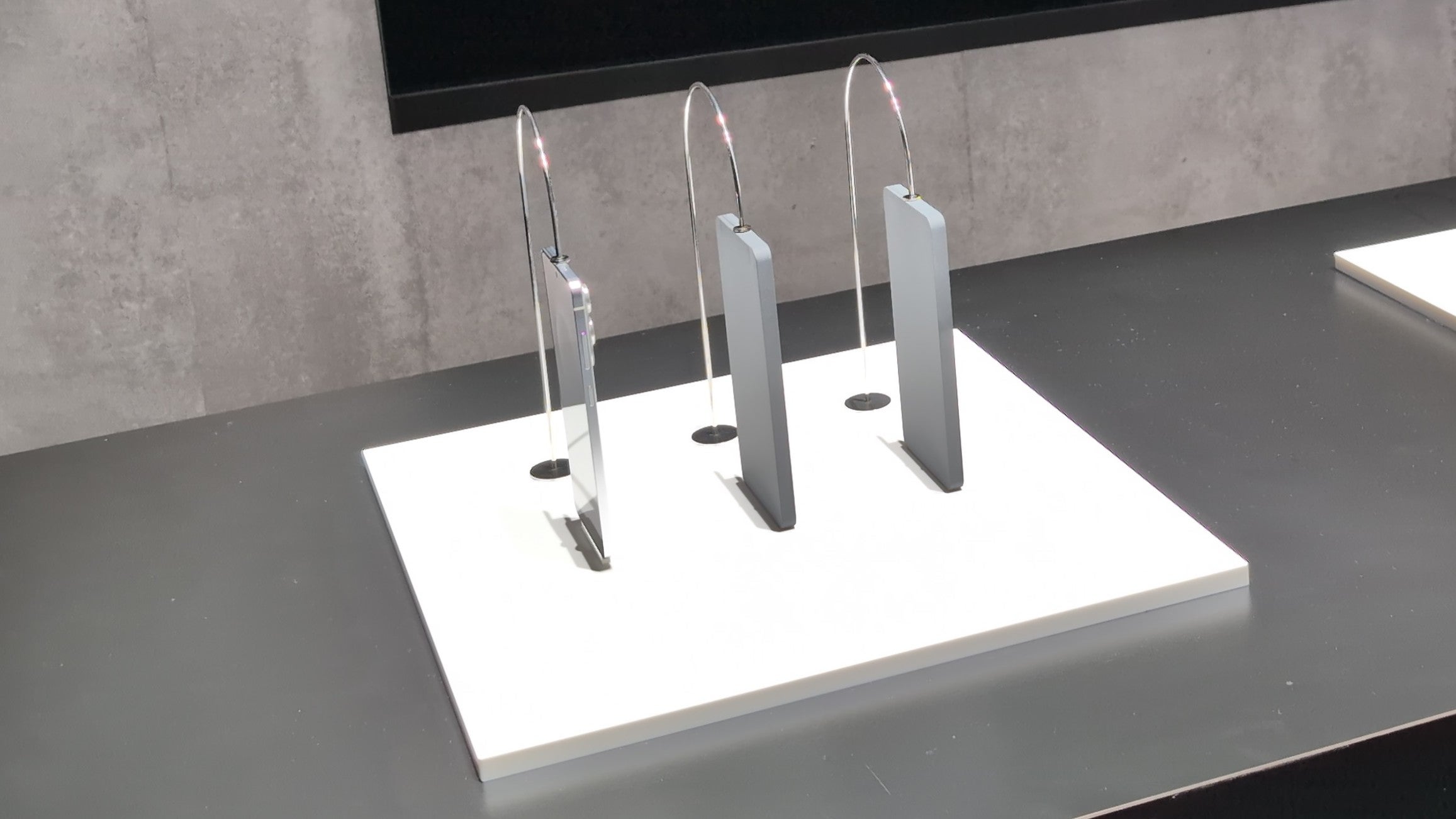

































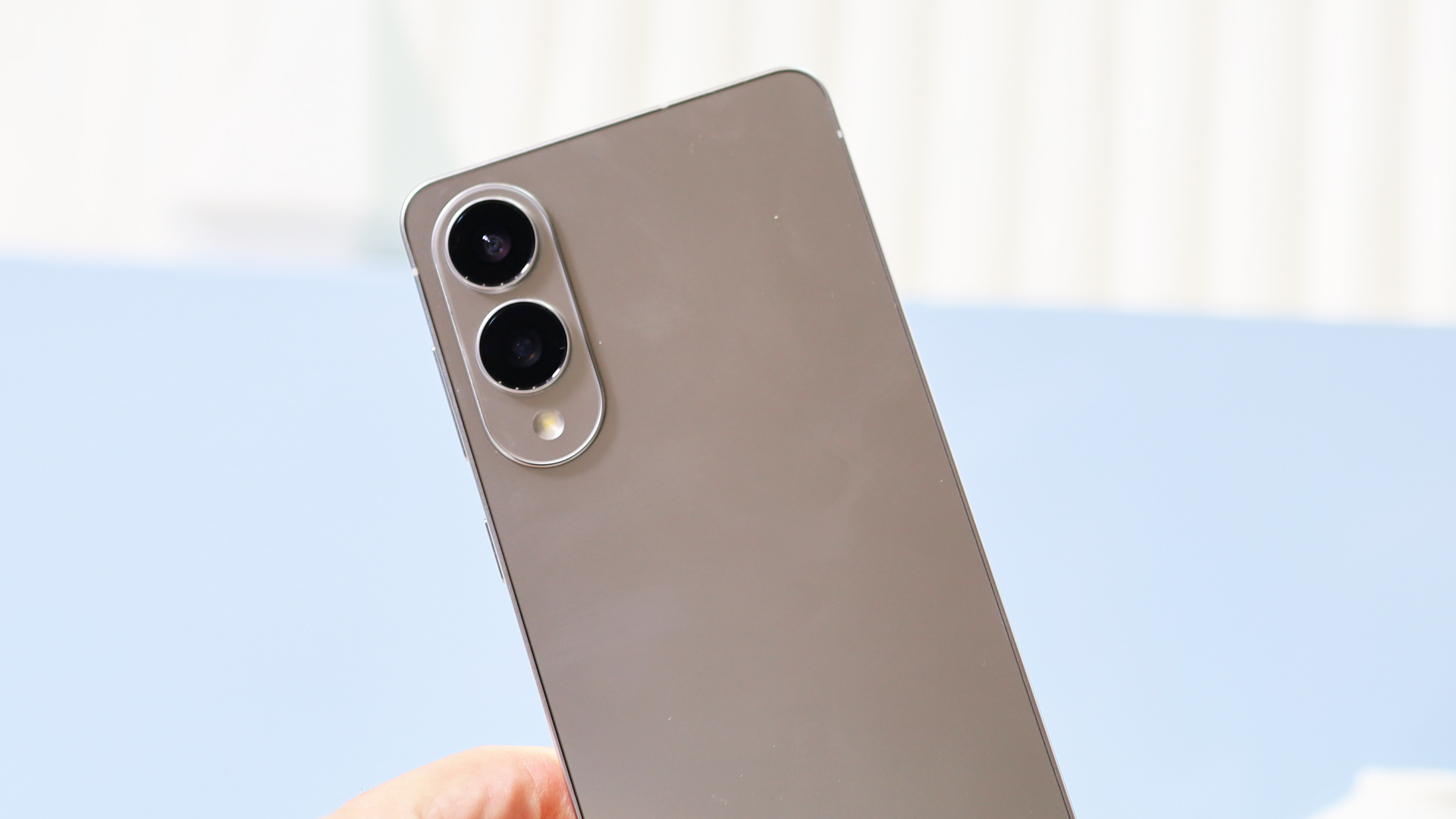






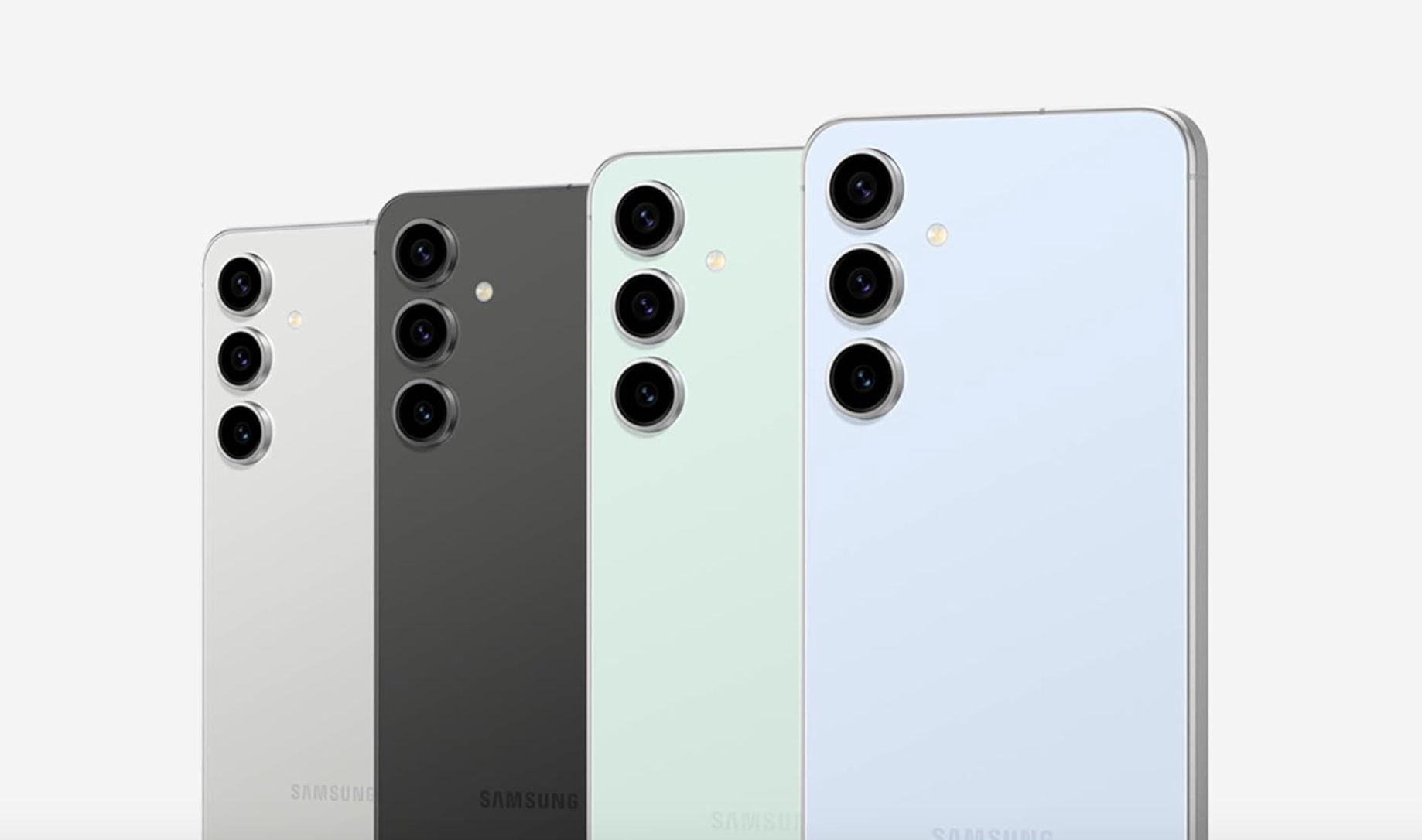












![Samsung's New Galaxy S25 Edge Takes Aim at 'iPhone 17 Air' [Video]](https://www.iclarified.com/images/news/97276/97276/97276-640.jpg)
![Apple to Launch AI-Powered Battery Saver Mode in iOS 19 [Report]](https://www.iclarified.com/images/news/97309/97309/97309-640.jpg)
![Apple Officially Releases macOS Sequoia 15.5 [Download]](https://www.iclarified.com/images/news/97308/97308/97308-640.jpg)



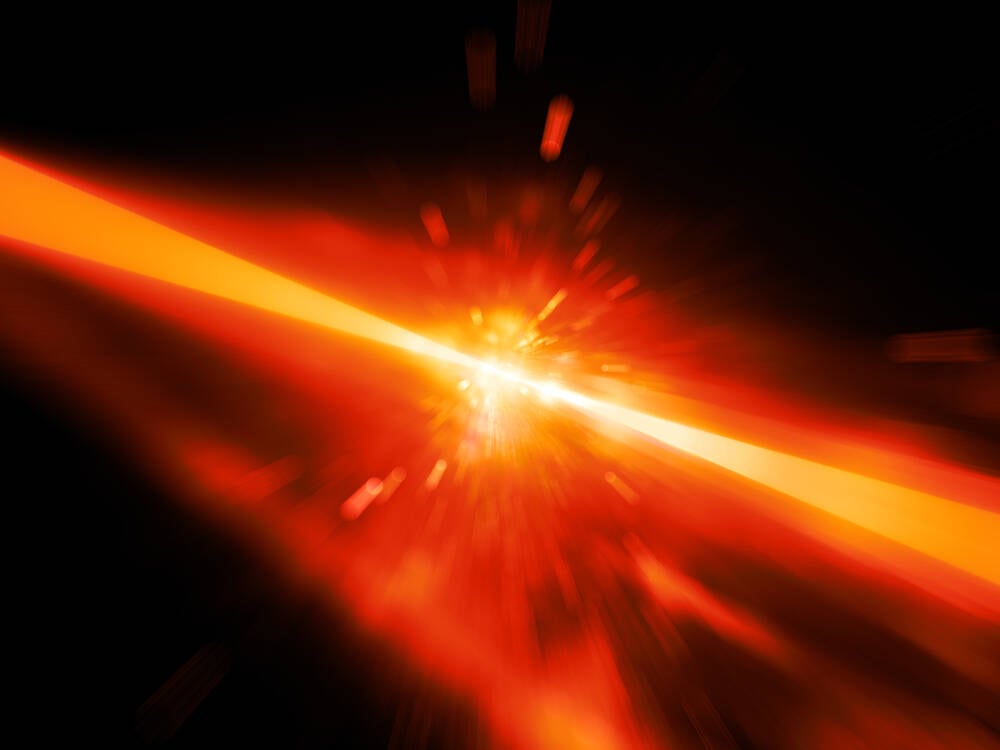












![Walmart’s $30 Google TV streamer is now in stores and it supports USB-C hubs [Video]](https://i0.wp.com/9to5google.com/wp-content/uploads/sites/4/2025/05/onn-4k-plus-store-reddit.jpg?resize=1200%2C628&quality=82&strip=all&ssl=1)






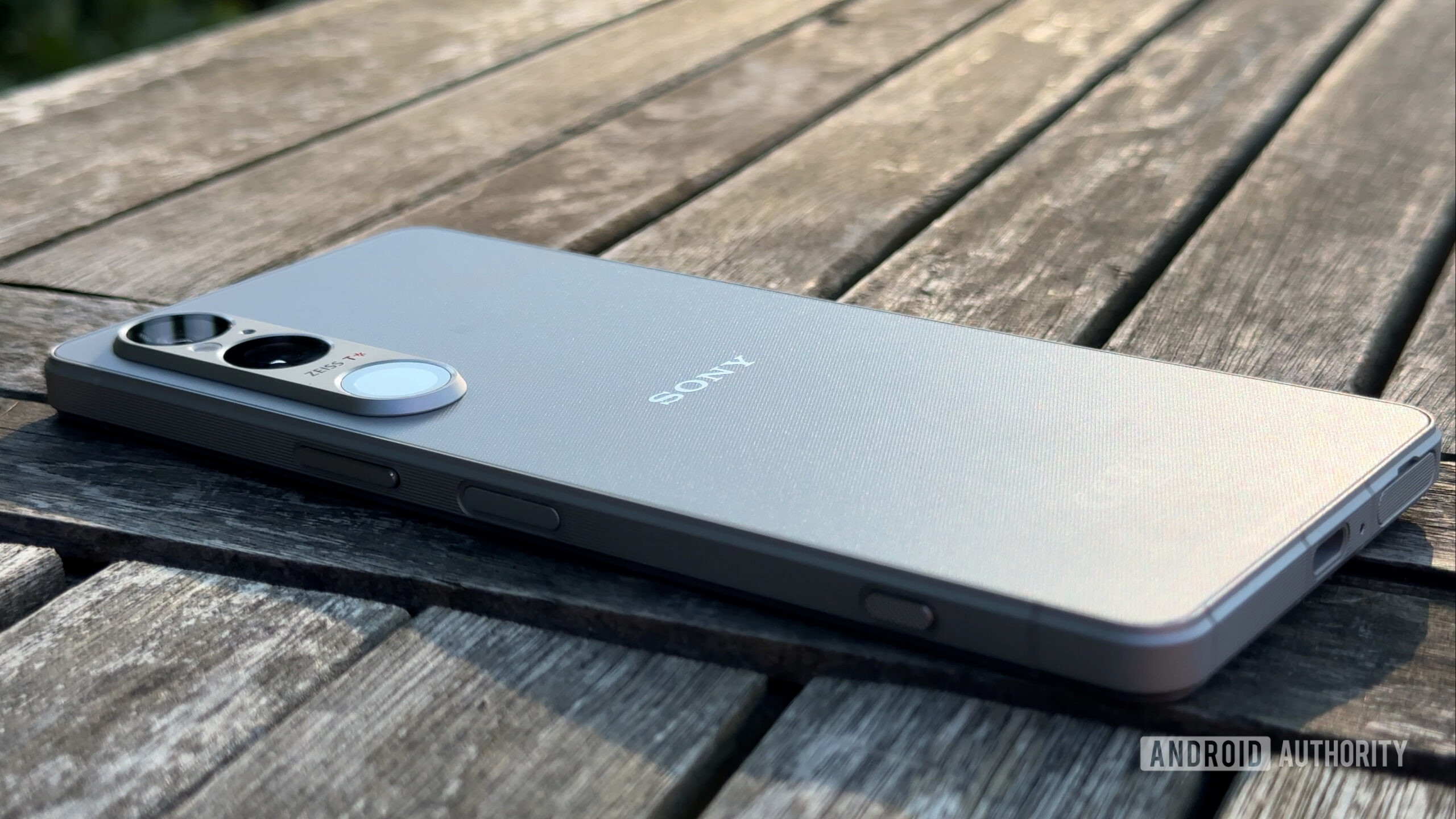
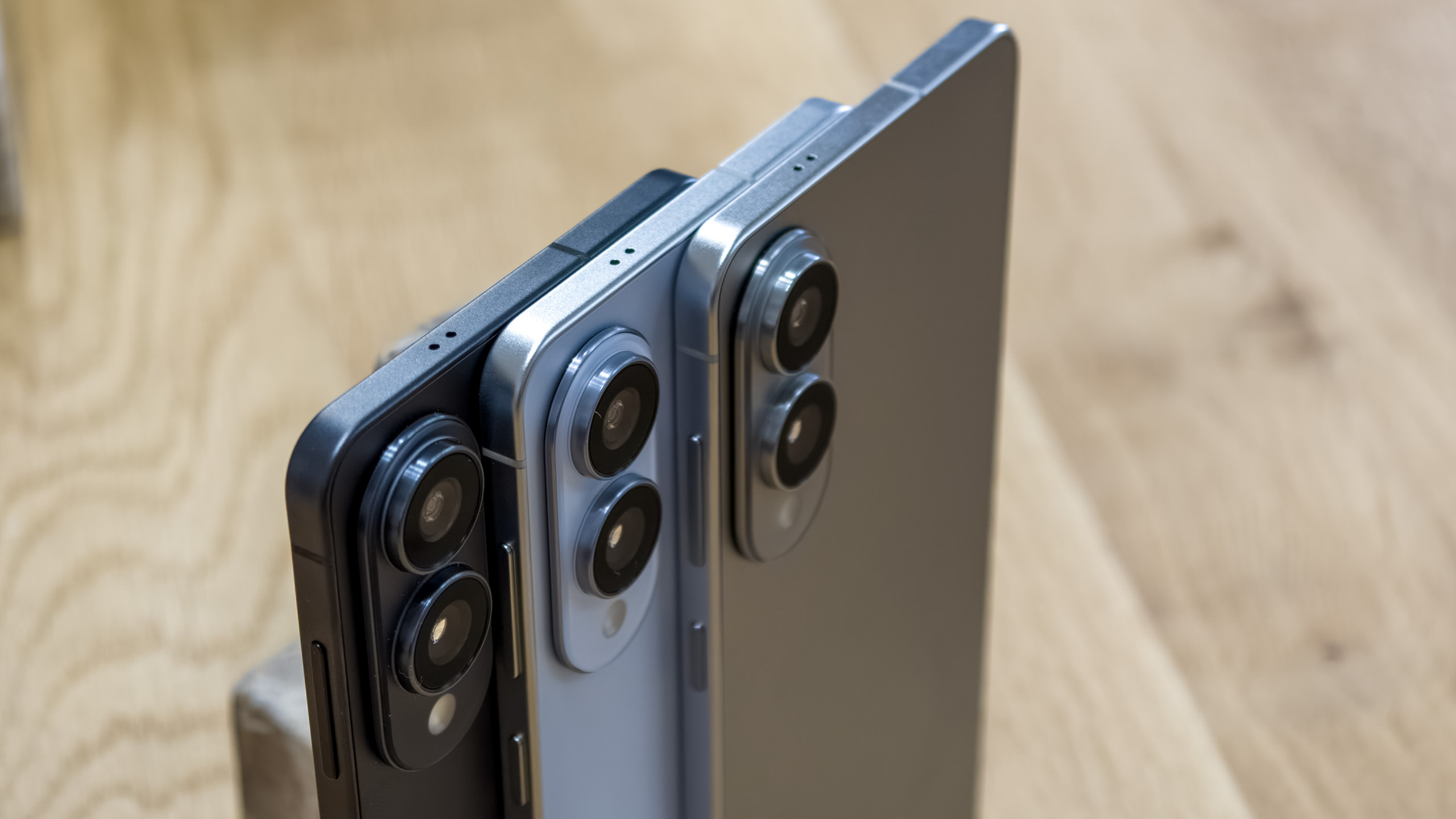

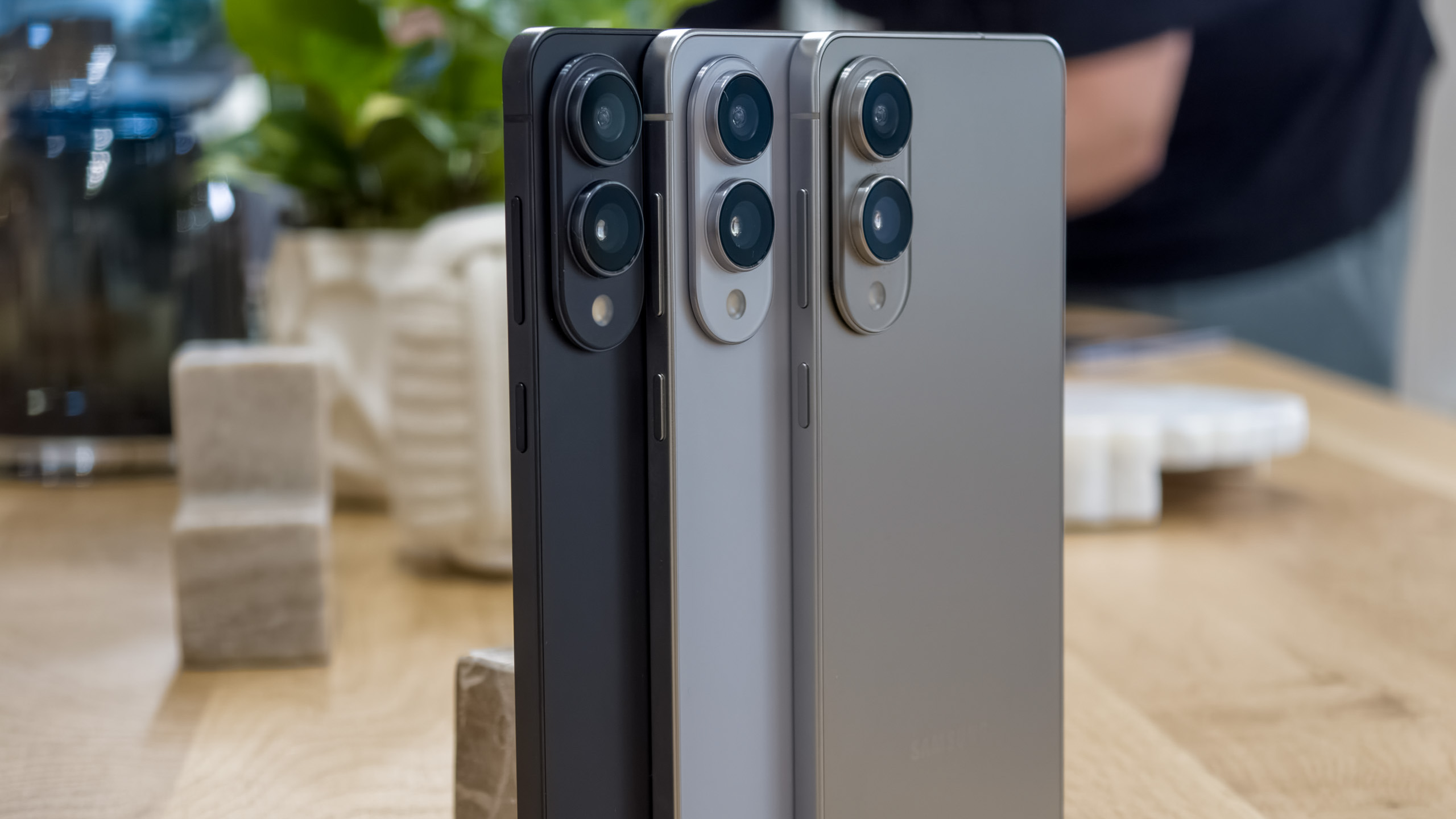
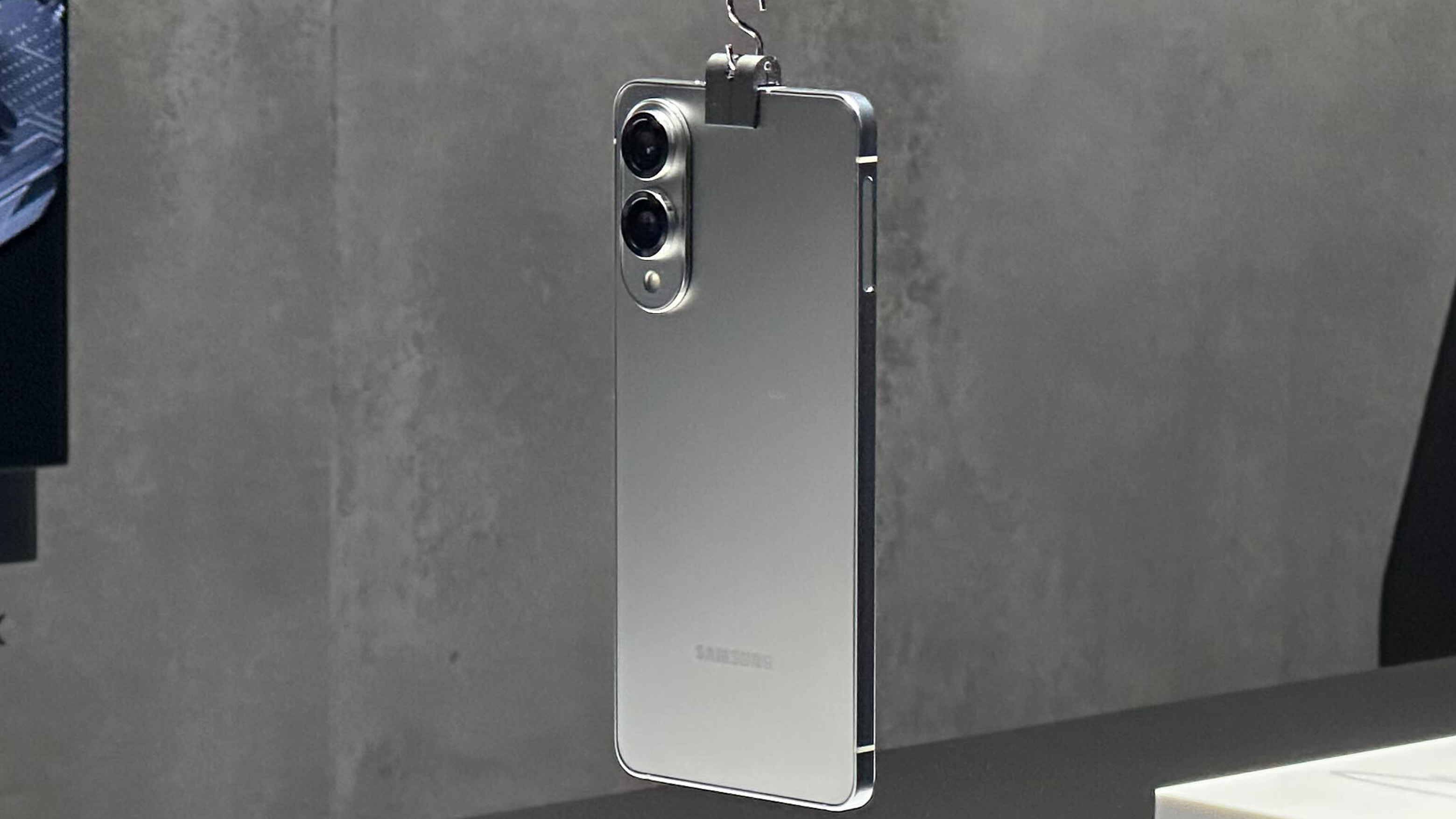

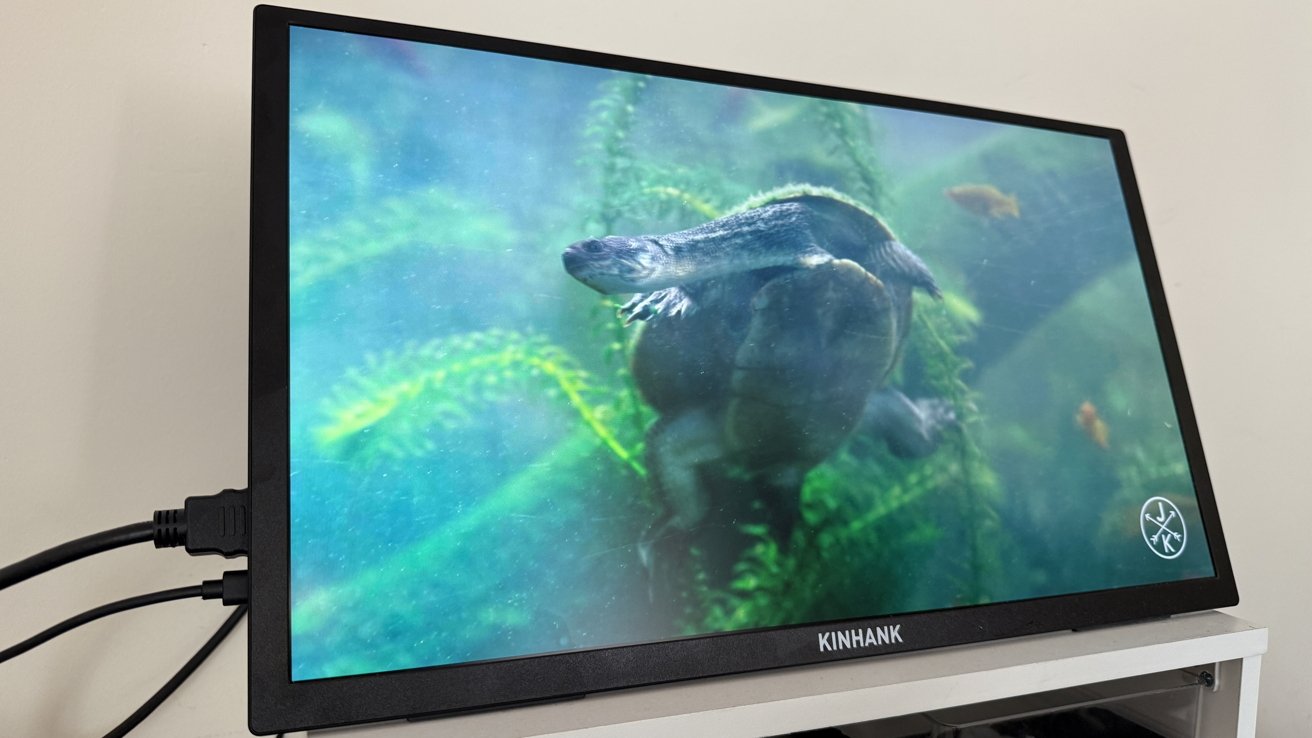








































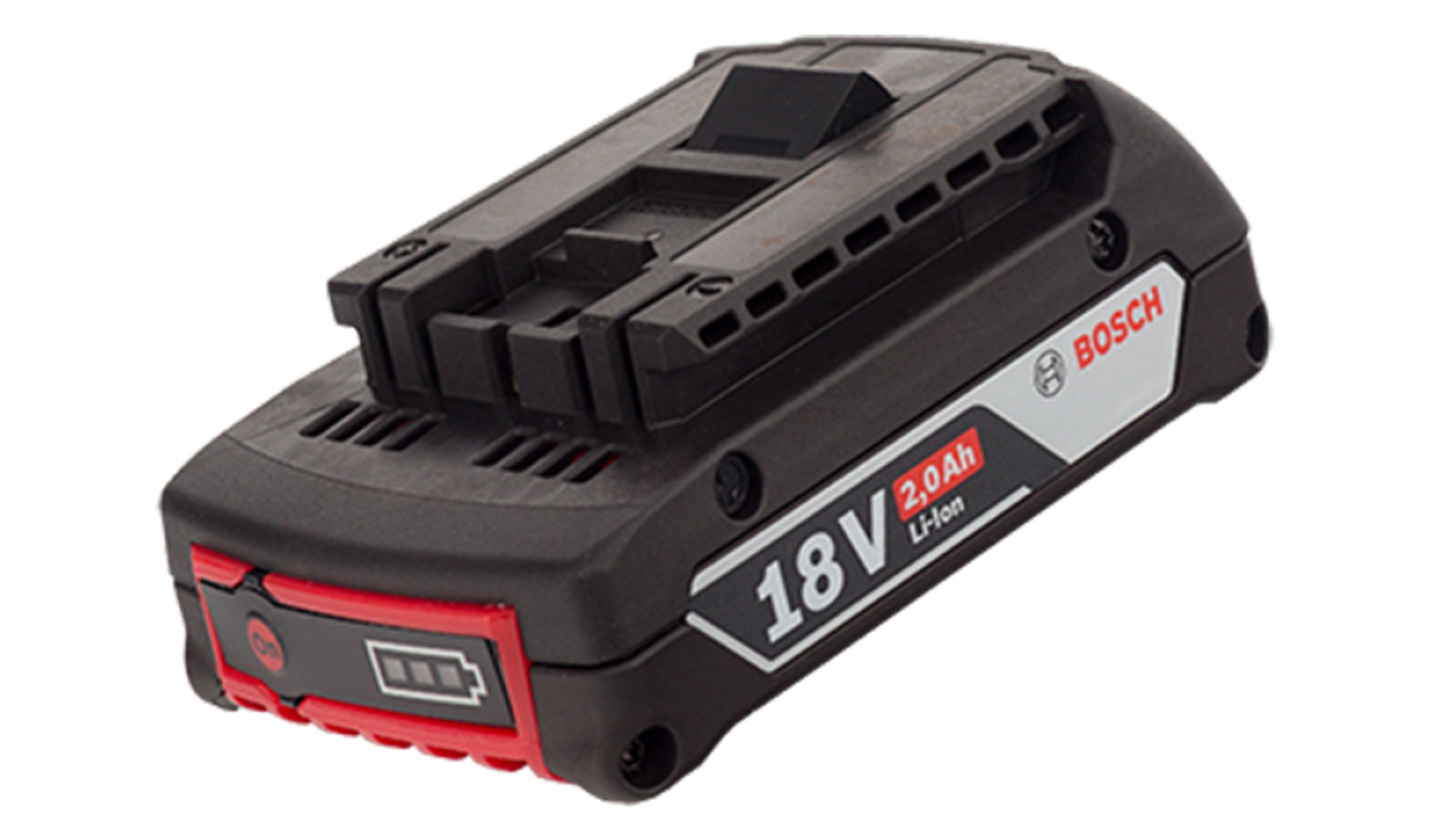





































_Piotr_Adamowicz_Alamy.jpg?width=1280&auto=webp&quality=80&disable=upscale#)





















































































































































































































































































![Ditching a Microsoft Job to Enter Startup Purgatory with Lonewolf Engineer Sam Crombie [Podcast #171]](https://cdn.hashnode.com/res/hashnode/image/upload/v1746753508177/0cd57f66-fdb0-4972-b285-1443a7db39fc.png?#)




























































































